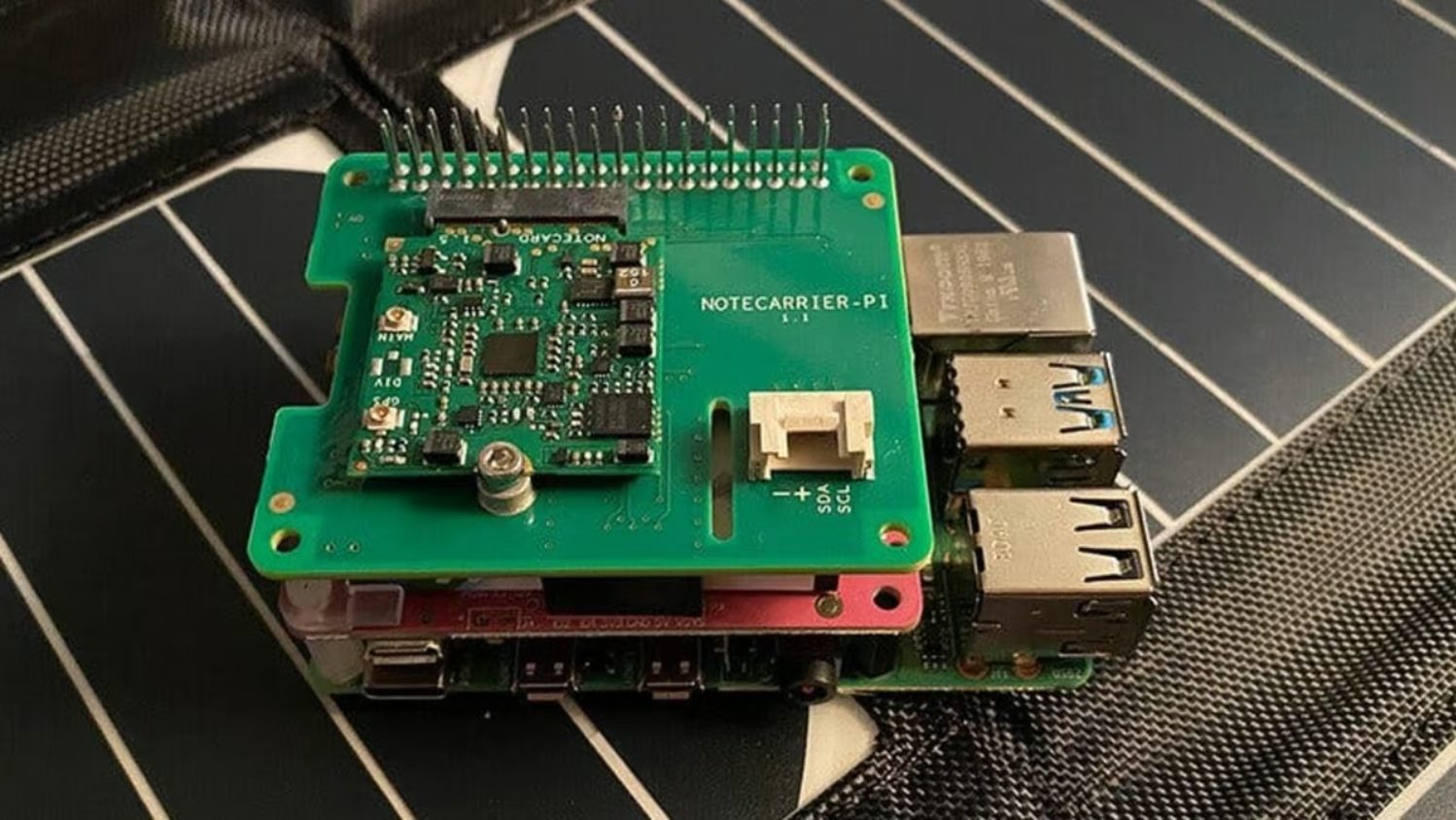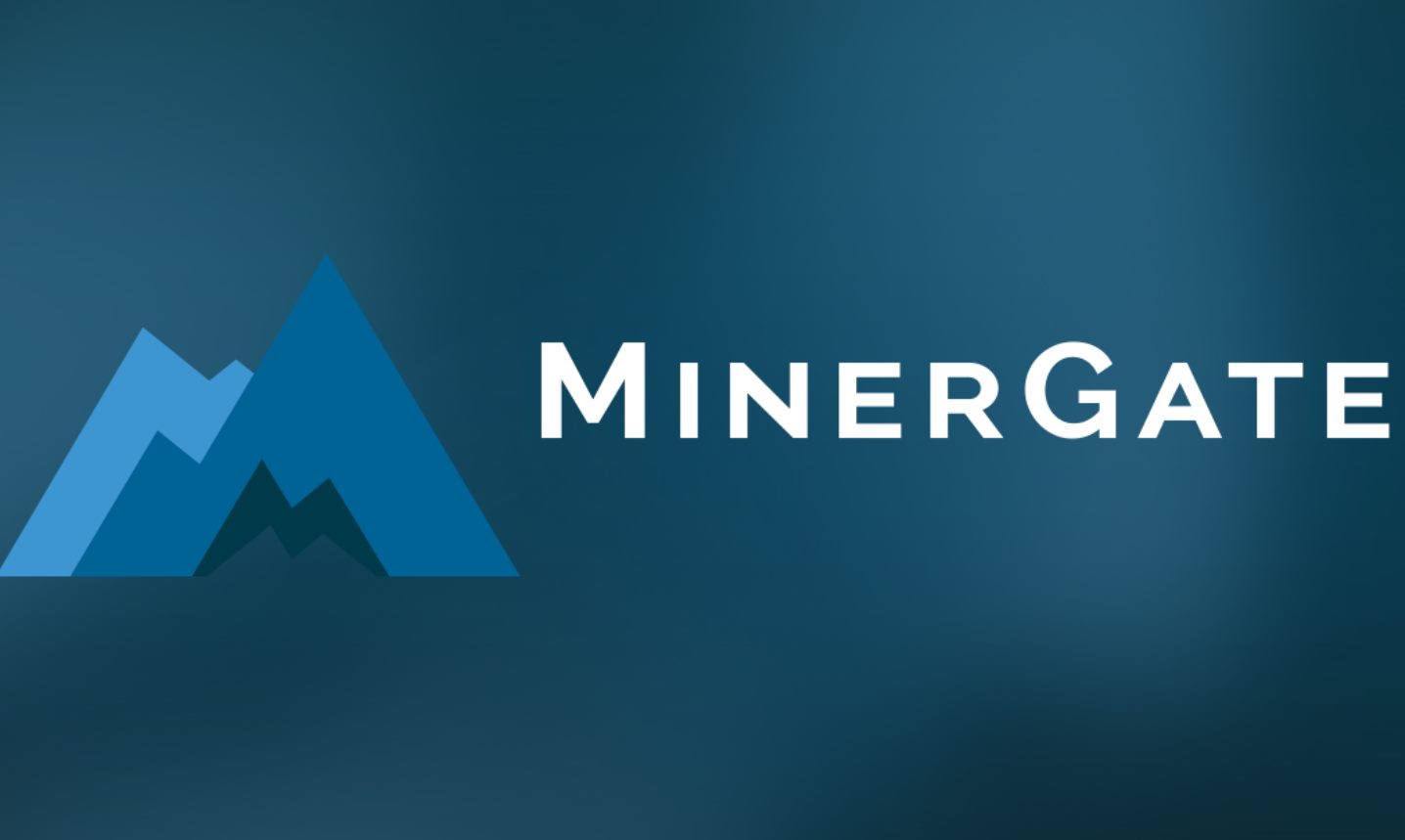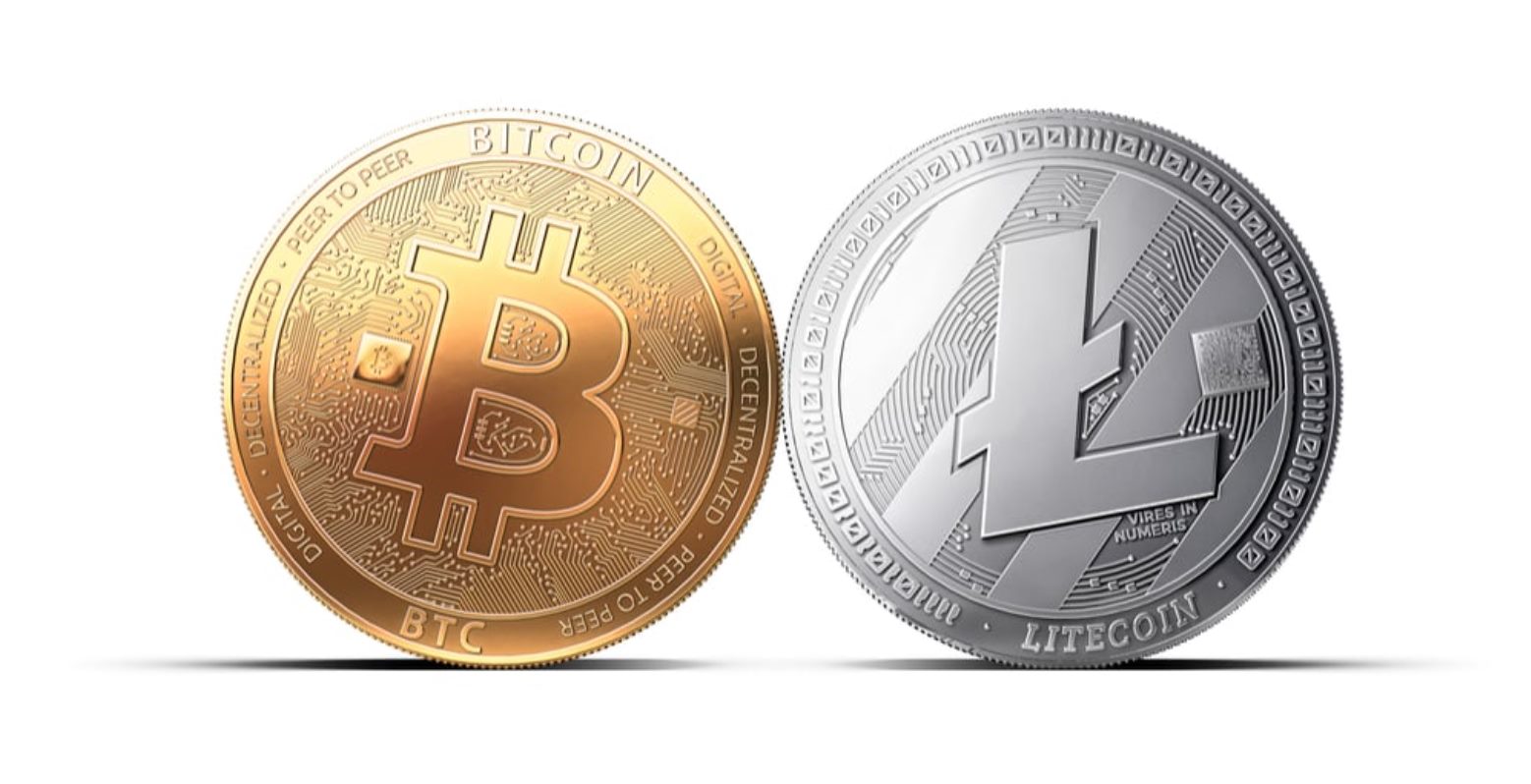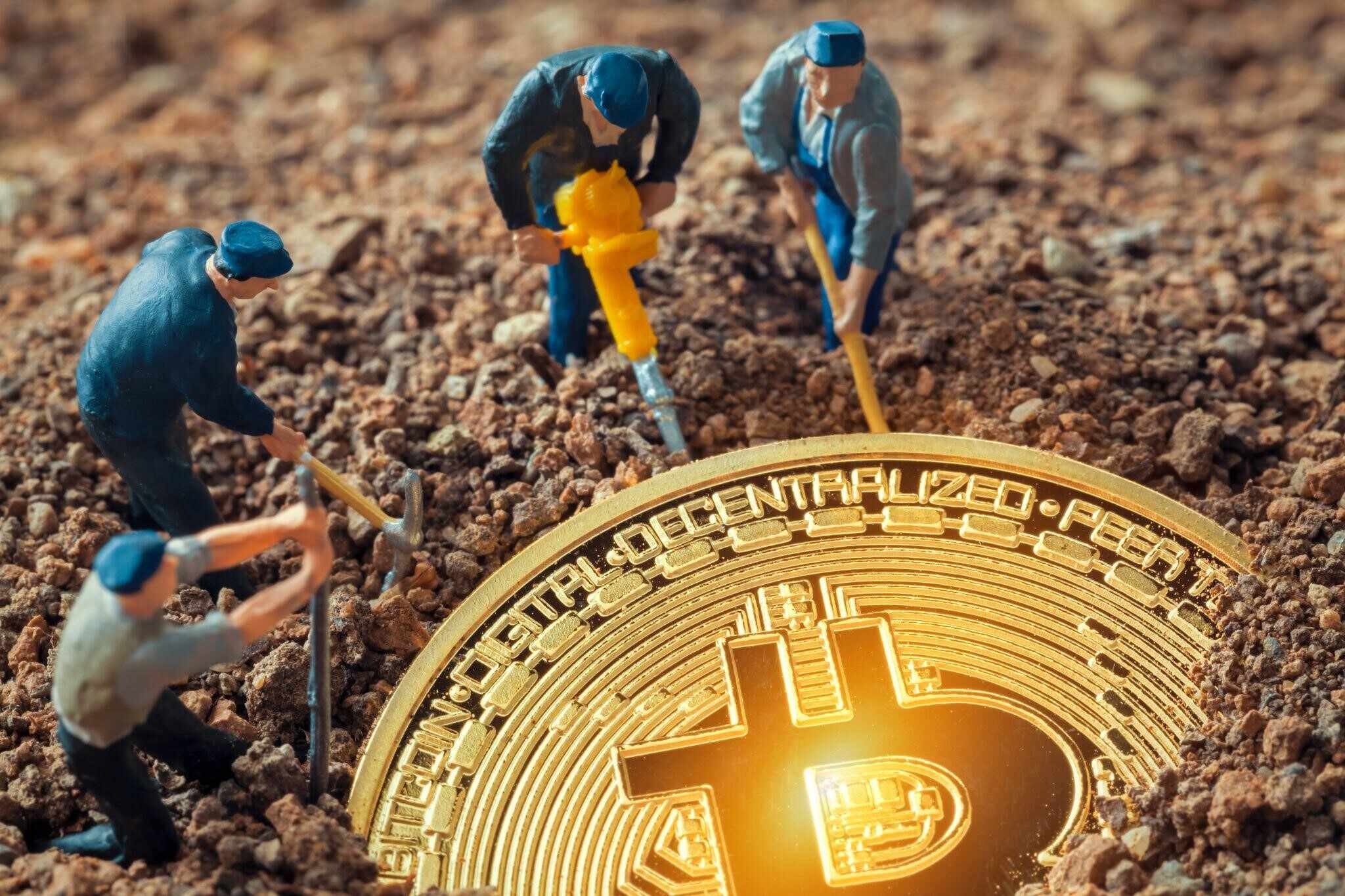Introduction
Welcome to the world of cryptocurrency mining! If you’re looking to dive into the world of Bitcoin and Litecoin mining using a Raspberry Pi, you’ve come to the right place. Mining these cryptocurrencies can be a rewarding venture, and the Raspberry Pi, with its low power consumption and affordable price, provides an excellent platform for beginners.
Before we jump into the setup and mining process, let’s briefly understand what Bitcoin and Litecoin mining actually entails. Bitcoin and Litecoin are decentralized digital currencies that operate on a technology called blockchain. Miners play a crucial role in maintaining and securing these networks by using their computing power to solve complex mathematical puzzles. In return, they earn new coins as a reward, which they can then sell or hold as an investment.
The Raspberry Pi, a credit-card-sized computer, is an ideal choice for miners looking to start small. Its low energy consumption makes it cost-effective, and its versatility allows for easy setup and configuration. Whether you’re a hobbyist or a cryptocurrency enthusiast, mining on a Raspberry Pi can be a fun and educational experience.
In this guide, we’ll take you through the step-by-step process of setting up your Raspberry Pi for mining Bitcoin and Litecoin. We’ll cover the installation of the required software, creating a wallet, joining a mining pool, configuring the mining software, and monitoring and managing your mining setup.
Please note that mining cryptocurrency requires a significant amount of computational power, and mining solely on a Raspberry Pi may not yield substantial results. However, it can still serve as a learning experience and a way to contribute to the cryptocurrency ecosystem.
Now let’s get started with setting up your Raspberry Pi for mining Bitcoin and Litecoin!
Setting Up Raspberry Pi
Before you begin mining cryptocurrency on your Raspberry Pi, you need to set it up and ensure it’s ready for the task. Here are the steps to get your Raspberry Pi up and running:
- Get a Raspberry Pi: Purchase a Raspberry Pi model of your choice. The most recent models, such as Raspberry Pi 4, offer better performance and more features.
- Power Supply and MicroSD Card: Connect the power supply to your Raspberry Pi and insert a compatible microSD card. The microSD card will serve as the main storage for the device.
- Operating System Installation: Download and install a lightweight operating system suitable for mining, such as Raspbian Lite or Ubuntu Server.
- Initial Configuration: After the operating system installation, perform the initial configuration, including setting up Wi-Fi and expanding the file system to utilize the full capacity of the microSD card.
- Enable SSH: To manage your Raspberry Pi remotely, enable SSH (Secure Shell) to establish a secure connection between your computer and the Raspberry Pi.
Once you’ve completed these steps, your Raspberry Pi will be ready for the next phase of the setup process. In the next section, we’ll dive into installing the necessary software to mine Bitcoin and Litecoin on your Raspberry Pi.
Installing Required Software
Now that you have your Raspberry Pi set up, it’s time to install the necessary software for mining Bitcoin and Litecoin. Here’s what you need to do:
- Update and Upgrade: Before installing any software, it’s important to update and upgrade your Raspberry Pi’s operating system. Open the terminal and run the following commands:
sudo apt-get update sudo apt-get upgrade - Bitcoin and Litecoin Core: To interact with the Bitcoin and Litecoin networks, we need to install their respective core software. Run the following commands to install them:
sudo apt-get install bitcoind sudo apt-get install litecoindOnce the installation is complete, the software will start synchronizing with the network, which may take some time.
- Additional Libraries: There are some additional libraries required for smooth mining operations. Install them by executing the following command:
sudo apt-get install build-essential autoconf libtool libssl-dev libboost-all-dev libprotobuf-dev protobuf-compiler libqt4-dev libqrencode-dev
With these software components installed, you have the foundation required for mining Bitcoin and Litecoin. However, before you can start mining, you’ll need a wallet to receive the mined coins, as well as a mining pool to increase your chances of earning rewards. We’ll cover these topics in the next sections.
Creating a Wallet
Before you start mining Bitcoin and Litecoin, you’ll need a wallet to store the coins you earn. A wallet is essentially a digital interface that allows you to manage your cryptocurrency holdings. Here’s how you can create a wallet:
- Choose a Wallet Type: There are different types of wallets available, including desktop wallets, web wallets, mobile wallets, and hardware wallets. Consider the level of security and convenience you require to select the right wallet type for you.
- Download and Install: Once you’ve chosen a wallet type, visit the official website or trusted app store to download and install the wallet software.
- Generate a New Wallet: Open the wallet software and follow the instructions to generate a new wallet. This typically involves creating a strong password and obtaining a wallet address.
- Backup Your Wallet: It’s crucial to backup your wallet to prevent the loss of your funds. Most wallets provide an option to backup your wallet.dat file or provide you with a mnemonic phrase. Store this backup securely in multiple locations, preferably offline.
- Receive Address: Your wallet will provide you with a receive address, which you can share with mining pools or other individuals to receive payments.
Remember to keep your wallet secure by enabling two-factor authentication if available and regularly updating the wallet software to benefit from the latest security enhancements.
Now that you have a wallet set up and ready, it’s time to join a mining pool to increase your chances of earning rewards. We’ll discuss mining pools in the next section.
Joining a Mining Pool
Joining a mining pool is essential when mining Bitcoin and Litecoin, as it increases your chances of earning consistent rewards. Mining pools are groups of miners who collaborate and combine their computational resources to mine cryptocurrencies collectively. Here’s how you can join a mining pool:
- Research Mining Pools: Explore different mining pools and consider factors such as pool fees, payout methods, reputation, and size. Popular mining pools for Bitcoin include Slush Pool, F2Pool, and Antpool, while Litecoin miners often choose Litecoinpool or Prohashing.
- Create an Account: Visit the mining pool’s website and sign up for an account. Provide the required information and follow the registration process.
- Configure Your Miner: Each mining pool provides specific instructions on how to configure your mining software to connect it to their pool. Follow the instructions provided by the mining pool for the best results.
- Join the Pool: Once your miner is properly configured, use your mining software to connect to the mining pool. This usually involves providing your pool username and password along with the pool’s URL or IP address.
- Monitor Your Mining: After joining the mining pool, you can monitor your mining progress through the pool’s website or dedicated mining software. This allows you to track your hashrate, earnings, and other relevant statistics.
Joining a mining pool helps distribute the mining workload, increasing the chances of earning rewards consistently. It’s important to note that mining pools often require a small fee for their services, usually deducted from the rewards you earn.
In the next section, we’ll cover the process of configuring the mining software on your Raspberry Pi for both Bitcoin and Litecoin mining.
Configuring Mining Software
Now that you have joined a mining pool, it’s time to configure the mining software on your Raspberry Pi for both Bitcoin and Litecoin mining. Here’s how you can do it:
- Bitcoin Mining Software: For Bitcoin mining, one popular mining software is CGMiner. Install CGMiner by executing the following commands in the terminal:
git clone https://github.com/ckolivas/cgminer.git cd cgminer ./autogen.sh ./configure makeOnce the compilation is complete, you can start mining Bitcoin by running the following command:
./cgminer -o-u -p Replace
, , and with the respective information provided by the mining pool. - Litecoin Mining Software: To mine Litecoin, you can use a mining software called CudaMiner. Install CudaMiner by executing the following commands:
git clone https://github.com/cbuchner1/CudaMiner.git cd CudaMiner ./autogen.sh ./configure makeOnce the compilation finishes, you can start mining Litecoin by running the following command:
./minerd --url--userpass : Replace
, , and with the respective information provided by the mining pool. - Monitoring and Optimization: After configuring the mining software, it’s important to monitor its performance and optimize it for efficiency. Keep an eye on the hashrate, temperature, and power consumption of your miner. You can use monitoring tools like Minerstat or Awesome Miner for this purpose.
- Overclocking (Optional): If you’re looking to maximize your mining performance, you can consider overclocking your Raspberry Pi and/or mining hardware. However, be cautious and ensure proper cooling to prevent any damage.
By properly configuring and optimizing your mining software, you can achieve better mining efficiency and increase your chances of earning rewards. In the next section, we’ll discuss the mining process for both Bitcoin and Litecoin on your Raspberry Pi.
Mining Bitcoin on Raspberry Pi
Now that your Raspberry Pi is set up and the mining software is configured, let’s dive into the process of mining Bitcoin. Here’s how you can start mining Bitcoin on your Raspberry Pi:
- Verify Mining Pool Details: Ensure that you have the correct mining pool URL, username, and password to connect to the Bitcoin network. Refer to the mining pool’s documentation or your account dashboard to obtain this information.
- Start the Mining Software: Open the terminal and navigate to the directory where your Bitcoin mining software is located. Run the command to start mining, replacing the
, , and with your specific details: ./cgminer -o-u -p - Monitor the Mining Process: Keep an eye on your mining software to ensure it’s running smoothly. Monitor the hashrate, accepted shares, and temperature to ensure optimal performance.
- Track your Earnings: Mining pools usually provide a dashboard where you can monitor your mining progress and earnings. Regularly check your mining pool account to track your earnings and payout thresholds.
- Stay Informed: Stay updated with the latest news and developments in the world of Bitcoin mining. Explore online communities, forums, and mining-related websites to gain insights and stay ahead.
Remember that mining Bitcoin on a Raspberry Pi may not yield significant profits due to the device’s limited computing power. However, it can still be a valuable learning experience and a way to contribute to the decentralized Bitcoin network.
In the next section, we’ll explore the process of mining Litecoin on your Raspberry Pi.
Mining Litecoin on Raspberry Pi
Now that your Raspberry Pi is up and running, let’s explore the process of mining Litecoin using your device. Here’s how you can start mining Litecoin on your Raspberry Pi:
- Verify Mining Pool Details: Ensure that you have the correct mining pool URL, username, and password to connect to the Litecoin network. You can find this information on the mining pool’s website or within your account settings.
- Launch the Mining Software: Open the terminal and navigate to the directory where your Litecoin mining software is located. Run the command to start mining, replacing the
, , and with your specific details: ./minerd --url--userpass : - Monitor the Mining Process: Keep an eye on your mining software to ensure it’s running smoothly. Monitor the hashrate, accepted shares, and temperature to ensure optimal performance.
- Track your Earnings: Regularly check your mining pool account or dashboard to monitor your mining progress and earnings. Most mining pools provide real-time stats and updates on your rewards.
- Stay Informed: Stay connected with the Litecoin mining community to learn about new mining techniques, software updates, and industry developments. Online forums, social media groups, and mining-related websites can be valuable sources of information.
While mining Litecoin on a Raspberry Pi may not yield significant profits due to resource limitations, it can still be a rewarding learning experience and a way to actively participate in the Litecoin network.
In the next section, we’ll explore how to monitor and manage your mining setup effectively.
Monitoring and Managing Your Mining Setup
Once your Raspberry Pi is mining Bitcoin or Litecoin, it’s crucial to monitor and manage your mining setup to ensure optimal performance and efficiency. Here are some essential tips for monitoring and managing your mining setup:
- Use Monitoring Software: Utilize mining-specific monitoring software like Minerstat, Awesome Miner, or other similar tools to keep track of your mining operations. These tools provide detailed insights into your hashrate, temperature, power consumption, and other vital metrics.
- Maintain Cooling: Due to the intensive computational work involved, mining generates heat. Ensure proper cooling solutions, such as fans or heat sinks, to maintain optimal temperature levels for both your Raspberry Pi and mining hardware.
- Regularly Check Hardware: Periodically inspect your hardware components for signs of wear or damage. Clean the Raspberry Pi and mining hardware regularly to prevent dust buildup, which can impact performance.
- Monitor Power Consumption: Keep track of the power consumption of your mining setup. This helps you understand the energy costs associated with mining and allows for better budgeting.
- Deal with Connectivity Issues: Maintain a stable internet connection to ensure uninterrupted mining. Troubleshoot any connectivity issues promptly to minimize mining downtime.
- Keep Mining Software Updated: Stay up-to-date with the latest versions of your mining software. Regularly check for updates and security patches to benefit from improved performance and enhanced stability.
- Be Mindful of Electricity Costs: Take into account the electricity costs associated with mining. Ensure that the potential earnings from mining outweigh the expenses, especially when scaling up your mining activities.
By monitoring and managing your mining setup effectively, you can enhance performance, mitigate potential issues, and optimize your mining experience. Keep yourself informed about the latest mining trends and practices to adapt and improve your mining setup.
Conduct regular reviews and adjustments to ensure that your mining activities align with your goals and expectations. Now that you have a clear understanding of monitoring and managing your mining setup, you are well-equipped to make the most out of your Raspberry Pi mining endeavors.
Conclusion
Congratulations on setting up your Raspberry Pi for Bitcoin and Litecoin mining! This guide has provided you with the necessary steps to configure your Raspberry Pi, install the required software, create a wallet, join a mining pool, and manage your mining setup.
While mining on a Raspberry Pi may not yield substantial profits due to its limited computational power, it offers a unique and educational experience in the world of cryptocurrency mining. You have gained valuable insights into the process of mining Bitcoin and Litecoin, as well as the importance of monitoring and managing your mining setup effectively.
Remember to stay updated with the latest mining trends and keep abreast of any relevant developments in the cryptocurrency space. Engage with the mining community and explore online resources to expand your knowledge and maximize your mining efficiency.
Always consider the costs associated with mining, including electricity expenses, hardware maintenance, and the potential risks involved. Conduct thorough research before investing significant resources into mining operations.
Whether you’re a hobbyist or a dedicated cryptocurrency enthusiast, mining on a Raspberry Pi can be an exciting and rewarding endeavor. Enjoy the experience, learn from it, and contribute to the decentralized networks of Bitcoin and Litecoin.
Happy mining!

























